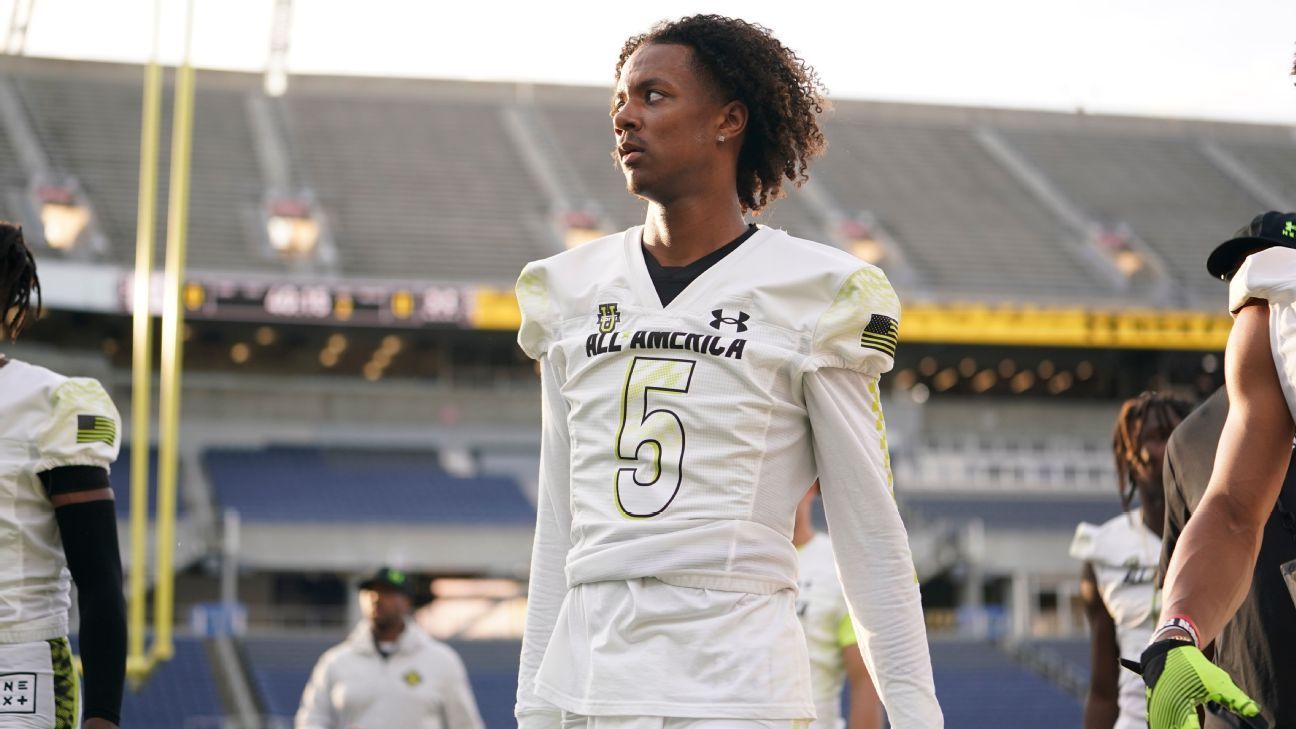FWIW, I could be wrong in my limited understanding, but the reason he never enrolled at FL is because the FL Collective had $13M in 'commitments' but turns out they couldn't actually collect on those commitments. This situation is akin to when you fire a coach, you better be damn sure the boosters who offer to pay the buyout actually pony up.
That means it's also unclear what Rashada's 'real market value' is, though it's still probably high.
This is why I'm not as doom and gloom on the money and NIL for college football overall. This sort of crazy deal isn't sustainable, even for the biggest 'factory' schools. Right now, NIL is the shiny new thing and big money boosters can buy their team a player (above board) for the first time. It's exciting. But, realistically, look at how many 4 and 5 star players are busts. It's crazy to think they're going to commit to pay high school prospects 7 figures a year. IIUC, the way NIL deals work is that they cannot legally be tied to performance on the field. As long as they stay enrolled and on the roster, they're holding up their end. So, there's going to be a lot of players who never play meaningful downs collecting big checks.
Plus, imagine the Justin Fields UGA situation playing out with the boosters paying him $5 million a year. Coaches are going to get a lot of pressure from boosters to play the kids they're paying. Boosters are going to have tacit control over the roster/recruiting by voting with their checkbooks.
I also don't believe there's an unlimited pool of booster money out there. NIL might make the pie a little bigger by adding another level of interest. (And allowing legit endorsement deals.) But it's going to suck up a lot of money that might otherwise be donated to athletic departments. It's probably going to shake out with about the same amount of money overall going into the CFB universe, just a big chunk of it will now go to directly to the players.
Personally, I think the schools, NCAA and congress are going to have to come up with a totally different system as this spins out of control. My guess is that it's NCAA admitting that revenue sport athletes are student-employees and allowing a college athletes union that negotiates a standard pay scale for all athletes and manages the NIL of all athletes as a collective. (With individual players being able to benefit from bonafide NIL deals - jersey sales, endorsements, personal appearances, etc.)

 apnews.com
apnews.com


